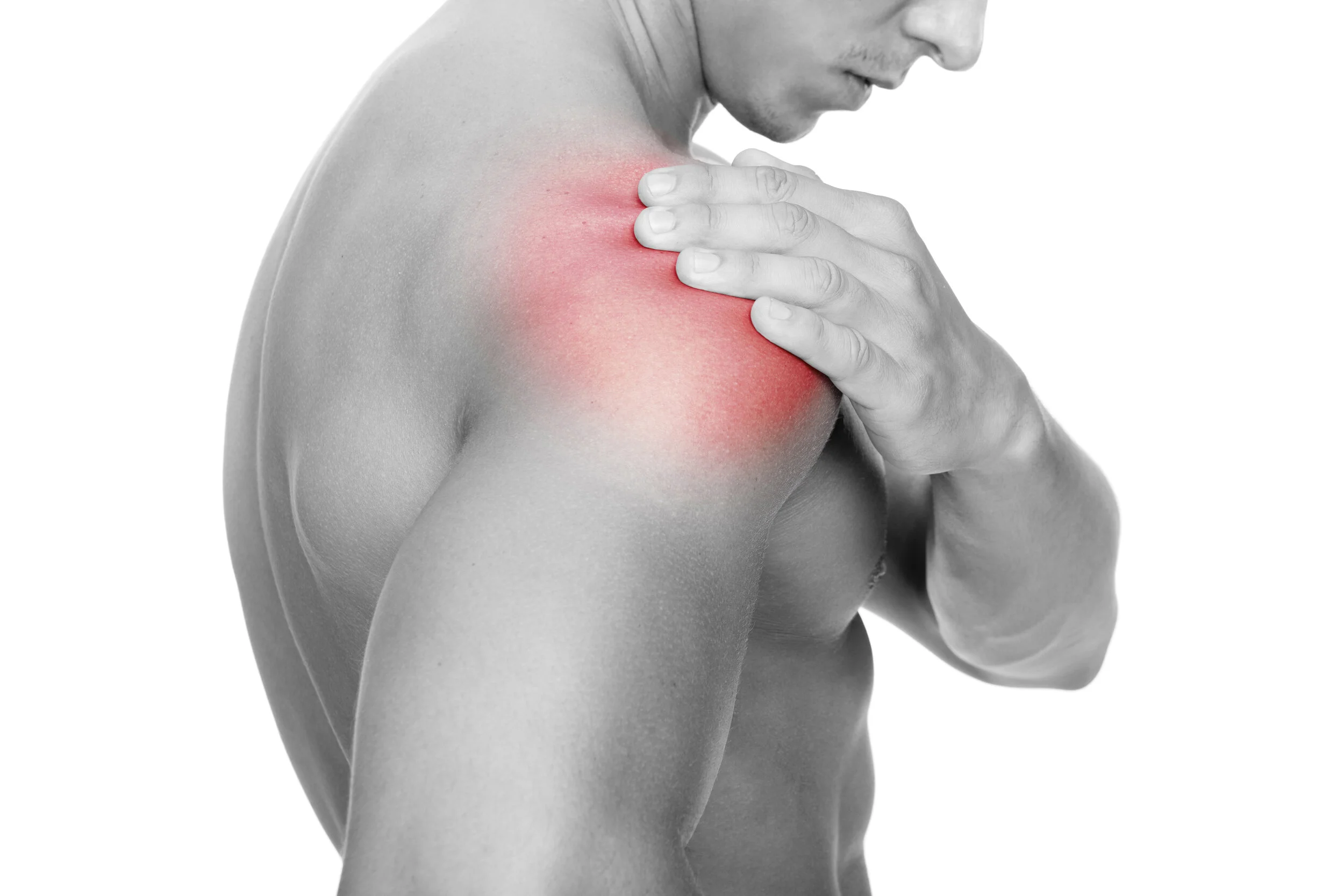Acromioclavicular Joint Arthritis.
The acromioclavicular joint (ACJ) is the joint formed between the end of the collarbone(clavicle) and the shoulder blade(acromion). Normally the joint surfaces are lined with smooth cartilage that provides a pain free and fiction free surface for movement. In arthritis the smooth cartilage is worn away to expose the rough bone underneath. As more cartilage is worn away the rubbing of the bone surfaces cause pain and tenderness. Due to its location, arthritis in the ACJ can give rise to pain in both the shoulder and neck.
What causes acromioclavicular joint (ACJ) arthritis?
The joint surfaces in the ACJ are small and as such the forces that they are subjected to can be very large, especially when the arm is elevated. The ACJ is therefore extremely prone to arthritis in all people. Most people over the age of 40 will have evidence of arthritis on a shoulder x-ray; fortunately in most patients this is asymptomatic.
An injury to the shoulder increases the risk of developing ACJ arthritis. This may occur in an individual who performs a lot of heavy lifting or repetitive overhead lifting. Similarly it may also occur following a single injury such as an ACJ dislocation sustained during a fall or contact sports.
How is acromioclavicular joint (ACJ) arthritis diagnosed?
Usually Mr Moverley can diagnose ACJ arthritis with a combination of clinical examination and a careful history of your symptoms. As shoulder arthritis can be confused with other conditions, particularly neck arthritis, further diagnostic tests are used for confirmation and to plan treatment.
X-rays can be obtained on the day of your consultation and may demonstrate irregular joint surfaces and narrowing of the space between the collarbone and shoulder blade.
Ultrasound guided injections are often used for initial treatment and to differentiate between ACJ pain and pain coming from the neck region.
MRI scans of the neck and shoulder can be useful when there is diagnostic uncertainty.
Treatment options
Mr Moverley will tailor your treatment specifically to the underlying cause of your symptoms, whilst taking into account your expectations and medical history.
Non-operative Management
Non-operative treatment should always be exhausted before considering any form of surgery. The vast majority of patients will respond well to non-operative treatment. Possible non-operative options include:
A focused physiotherapy program to stretch the soft tissues around the shoulder and to strengthen the muscles will often be all the treatment that is required. This may help to prevent progression of arthritis.
Rest, activity modification, and simple pain relief can provide good benefit, particularly early after the onset of symptoms.
Steroid injections are often used to provide short-term relief, which can then allow you to participate in physiotherapy. Because the ACJ is a narrow space these injections are best given under ultrasound guidance. Repeated injections should not be given as a long-term solution as they may cause further damage to the joint and underlying rotator cuff tendons.
Surgical Management
Surgery is an option if despite one or two injections and a structured physiotherapy program you are still experiencing pain that is causing you problems.
Shoulder arthroscopy
The operation for ACJ arthritis is called an arthroscopic ACJ excision. This is a ‘key-hole’ procedure where 5-10mm of bone is removed from the end of the collarbone using a small burr. At the same time inflamed tissue is removed from the subacromial bursa and the size of the space is increased by shaving away a small amount of the acromion.

